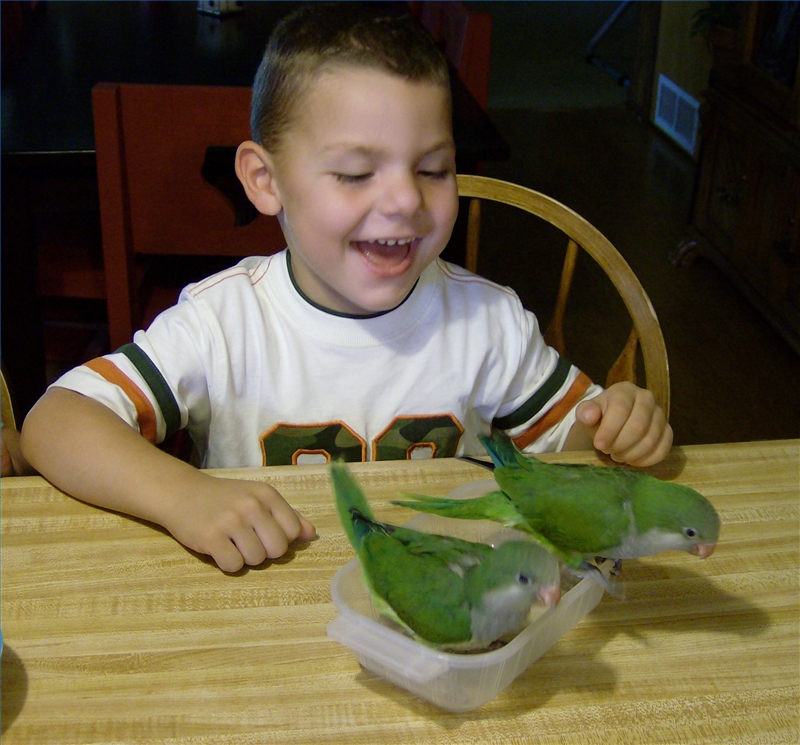In very simple terms, the common element lead is a poison. Despite the enormous health risks associated with exposure, the presence of lead in the environment has become ubiquitous. From the Bronze Age to the present day, lead continues to be used in many products that we take for granted. It can also be found in some products that we would least suspect.
Knowledge about lead is needed to understand how it has permeated the environment. Lead is an element that is derived from metal ores, and is found most commonly with copper, silver and zinc. In order to extract the metallic lead from various ores, an extensive process of smelting is required. Smelting heats the ore to a high temperature in a coke furnace and the metallic lead is extracted.
The resulting lead metal is malleable and easily worked. The ancient Romans used lead to manufacture the piping system used to carry water. In the late eighteen hundreds and early nineteen hundreds, the Industrial Revolution spurred the use of lead in products too numerous to mention. It was not until the mid twentieth century that concerns over lead poisoning began to effect pubic policy. However, the damage was done.
Lead could be found in gasoline, batteries, paint, and solder. Despite having one of the safest potable water distribution systems in the world, lead was widely used in piping and solder. Though the water flowing to our homes may have safe, the plumbing system may have contained high levels of lead.
The electronics industry used lead in virtually every printed circuit board assembly. Lead solder was used to make electrical connections and was a standard ingredient in the production of printed circuit boards. Even today, the assembly of electronics requires the use of soldering materials though the use of lead is being phased out.
Our vehicles still use lead acid batteries that are sometimes not disposed of in an environmentally friendly way. Lead was a primary ingredient in vehicle fuels though its use has been curtailed. Paint containing lead can still be found many American homes and abatement programs are still ongoing.
Lead is among several heavy metals like chromium and cadmium that remain in the environment showing up in fish and birds in the wild. It seems that now our precious pets are at risk.
Most domesticated dogs and cats are highly social and like to play. Like doting parents, pet owners spend millions of dollars on toys. Most of the toys we buy for our canine friends give them a chance to do what they love to do and that is chew. Many plastic and rubber based pet toys contain chemicals that have been found to contain levels of lead.
Like a young child who may inadvertently ingest old lead based paint chips, our animals friends are being exposed to lead and other heavy metals. Lead affects animals and humans in much the same way. Major organs like the kidneys, liver and brain are particularly susceptible to damage from lead poisoning.
More and more retailers are importing goods from China and this practice seems to be big contributor to the lead problem. One solution advanced by some retailers has been to test the products they import. While this may be useful, it is far from a fully integrated, industry standard testing program.
Meanwhile, our furry companions continue to be at risk. Since an industry wide solution seems to be ways off, pet lovers have a big responsibility. Ask your local retailer to stock only lead free toys and read the product label before you buy. Your animal friends are counting on you.

 How to Handfeed a Baby Bird
How to Handfeed a Baby Bird
How to Han
How to Handfeed a Baby Bird
How to Handfeed a Baby Bird
How to Han
 The Dominique Chicken
Poultry BreedsThe DominiqueT
The Dominique Chicken
Poultry BreedsThe DominiqueT
 Easy to Make Bird Trap for Small Birds
Easy to Make Bird Trap for Small Birds
Easy to Make Bird Trap for Small Birds
Easy to Make Bird Trap for Small Birds
 Uncovering Swift Plans For Alligator
Alligators include the most dangerous with the exotic pets.
Uncovering Swift Plans For Alligator
Alligators include the most dangerous with the exotic pets.
 Great Birds of Prey in Australia
The best thing I have ever d
Great Birds of Prey in Australia
The best thing I have ever d